The members of the Osage Indian tribe became rich when the oil was discovered under their reservation in Oklahoma in the early 20th century. The Osage tribe became dominant in the region in the early 19th century, and the majority of their descendants live in Oklahoma. After the discovery of oil, their members suffered manipulation and numerous murders by whites eager to take over their newly discovered wealth. In 1923, when more than two dozen people of Osage tribe were murdered, the case was assigned to the FBI. It was among the first major homicide investigation for the FBI.
The killings started in May 1921, and the first victim of the massacre was 25-year-old women Anna Brown. Her decaying body was discovered in a ravine by the hunters. She had been shot between the eyes. The same day Anna’s cousin Charles Whitehorn’s dead body was found, and two months later, her mother, Lizzie Kyle, was also murdered. These killings were not confined to family, and another woman was found dead on her lawn. A sympathetic local lawyer was also thrown from a speeding train. The estimated death toll of Osage member was over a hundred, but some of these killings were not reported or covered up. The FBI estimated 60 Osage Indians died violent or suspicious deaths. The FBI found several murders in one family, committed by a gang led by William “King of Osage Hills” Hale. His goal was to gain the oil royalty rights and wealth of several tribe members, including his nephew’s Osage wife, the last survivor of her family. Most of the murders remained unresolved.
To prevent further crimes and to protect the members of the Osage tribe, congress passed a law prohibiting non-Osage from inheriting headrights from Osage, who had half or more Native American ancestry in 1925. In 2011, the US government settled with the Osage for $380 million, which was the largest settlement with a tribe in US history.
Here below are some photos of the members of the Osage Indian tribe members.
#1 Mollie Burkhart, right, with her sisters Anna and Minnie. They were part of the Osage Native American tribe, who were killed one by one in a murder mystery.
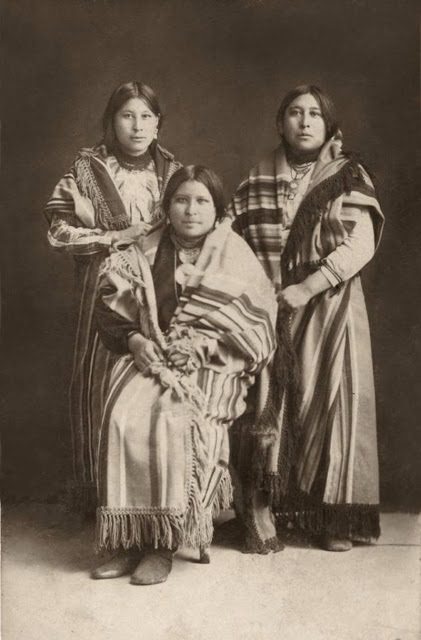
#2 Mollie became a prime target after it was revealed her people were living on land where there was oil underneath.
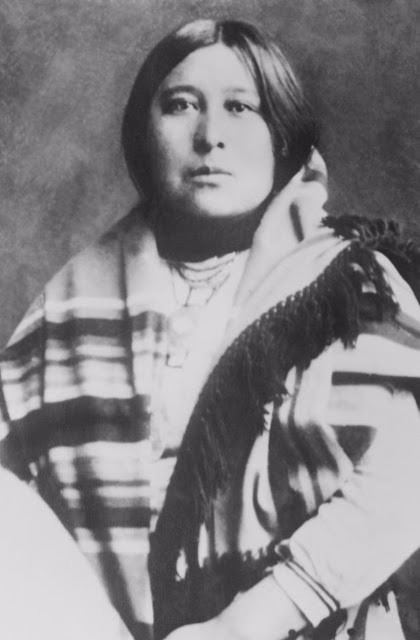
#3 Chief Bigheart ensured that the wealth of the Osage would stay only among tribe members.
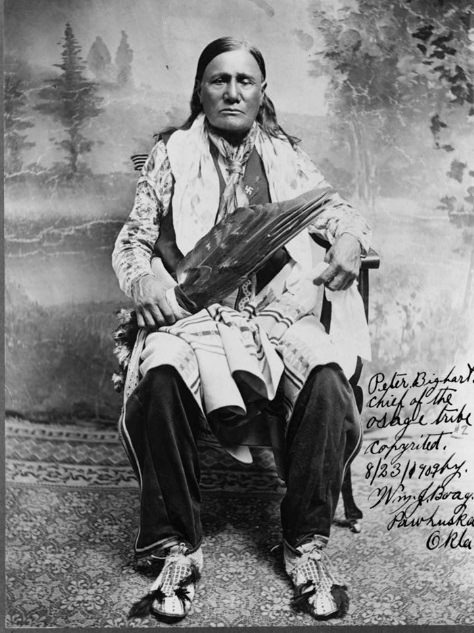
#4 Anna Brown was one of the first victims of the Osage killing spree.
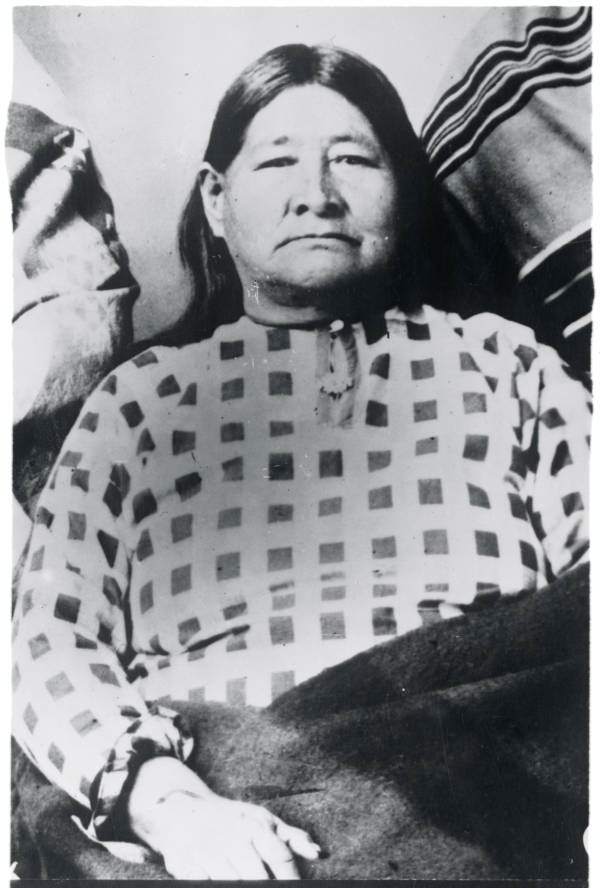
#5 The Osage tribe were among the richest people in the world and often rode in chauffeur-driven cars.
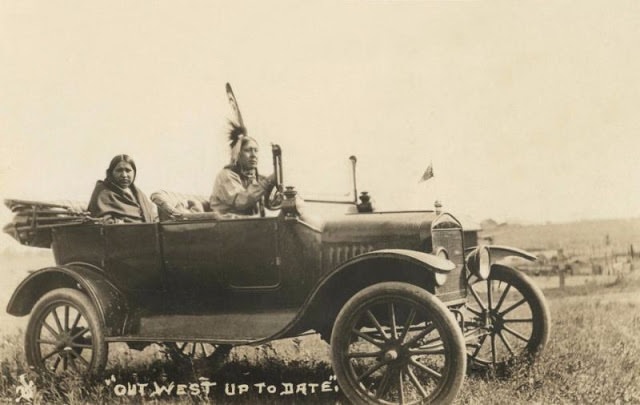
#6 The fourth sister Rita with servant.
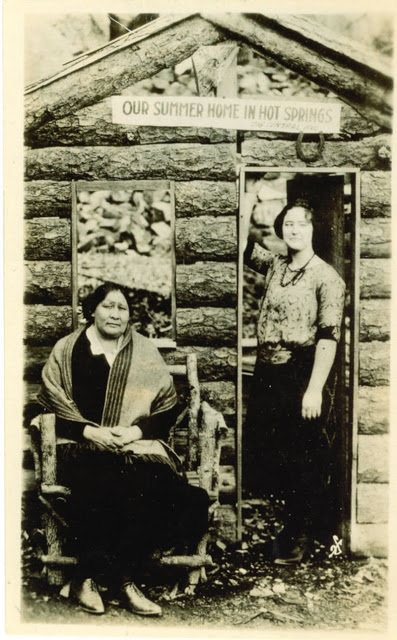
#7 Another woman of Osage tribe who killed in 1921.
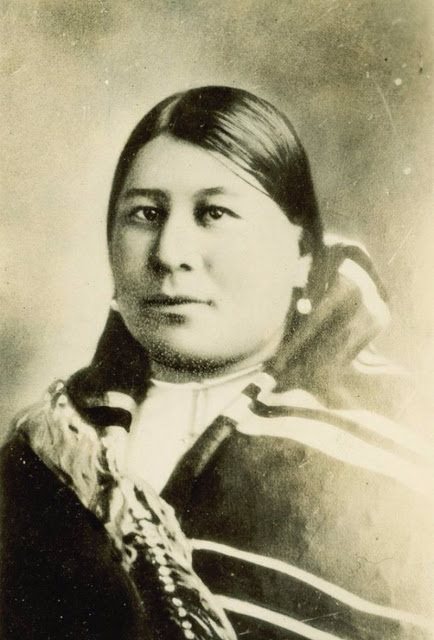
#8 The Osage nation native Americans were among the richest in the world but were eventually forced into a new reservation.
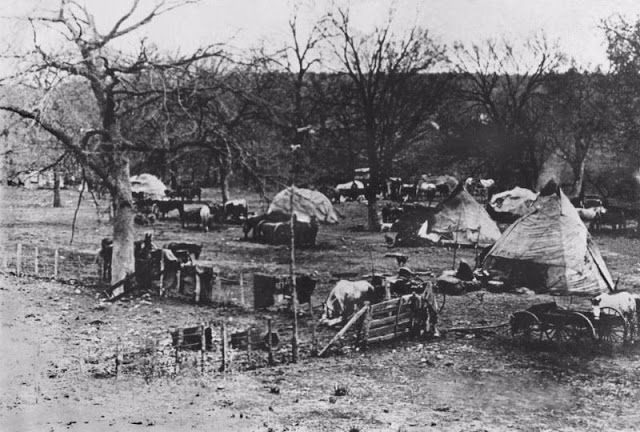
#9 The ravine where Anna Brown’s body was found.
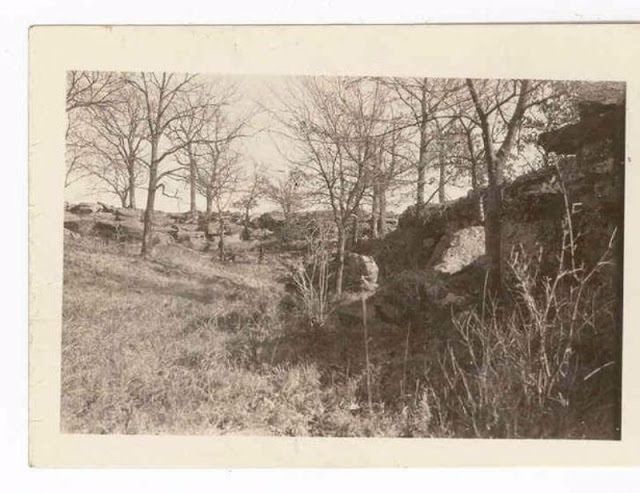
#10 The Al Spencer Gang jokingly hold up others in their crew. All gangsters in the local area were under suspicion of carrying out the murders.
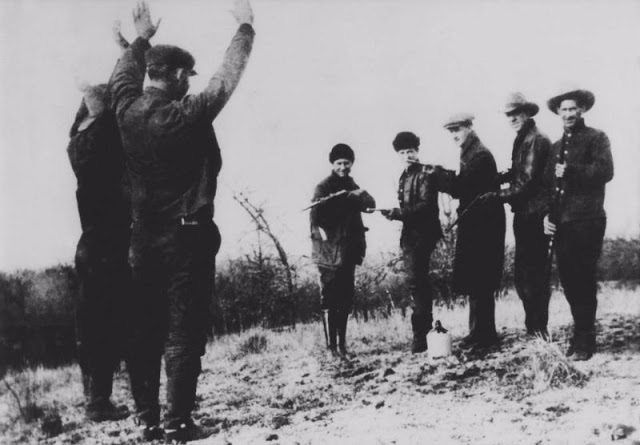
#11 Lawmen seize illegal moonshine in Osage County in 1923 at the time of the murders.
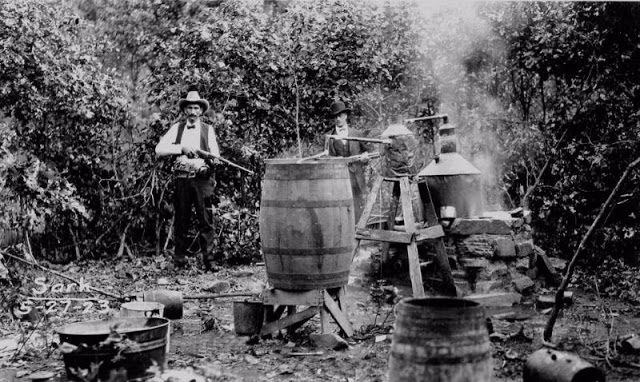
#12 William Hale competing in a roping contest when he was a cowboy.
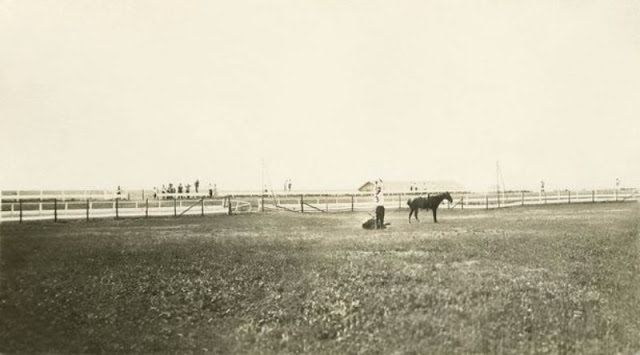
#13 A pair of Osage women in 1921.
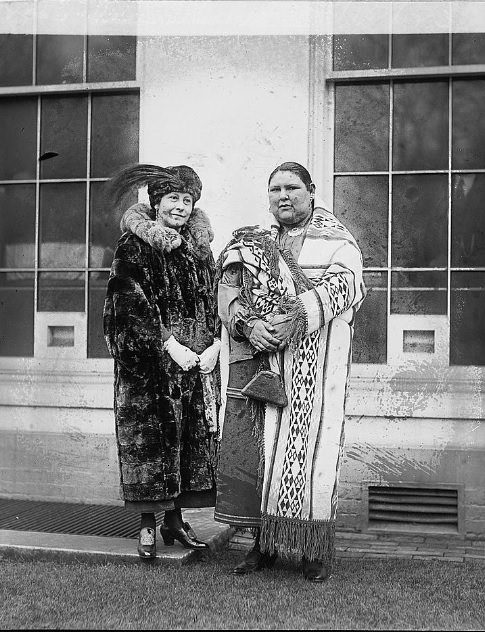
#14 The Osage Council and tribal representatives in Washington D.C.
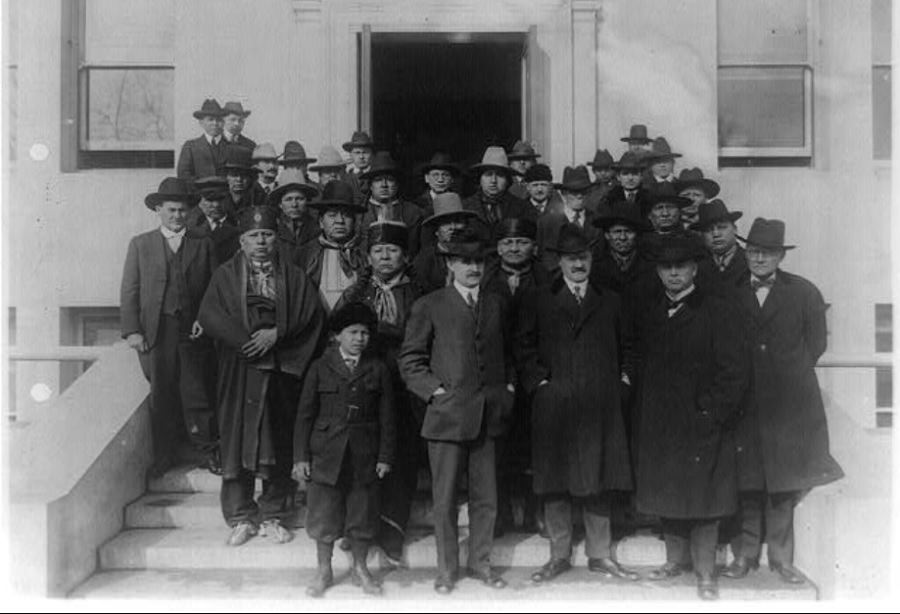
#15 Rita Smith whose death triggered a federal investigation.
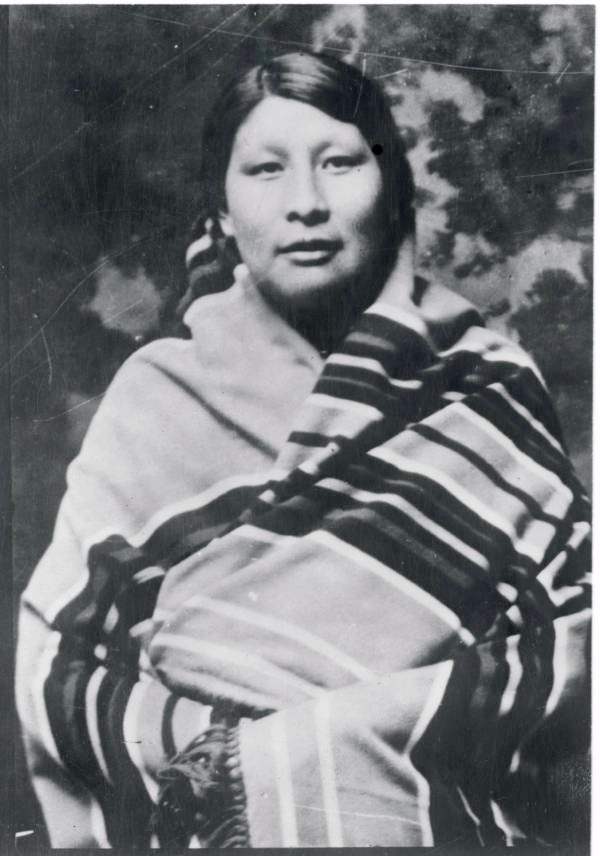
#16 A trial document connecting the various murders back to the ringleader of the murder spree.
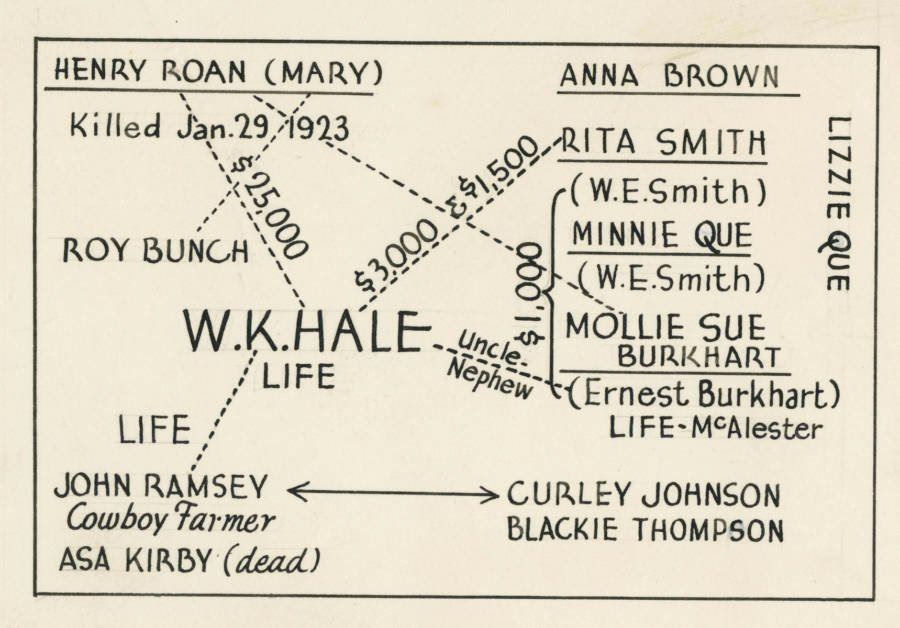
#17 FBI Chief J. Edgar Hoover, right, brought in Tom White, left, a stetson-wearing, Texan lawman to solve the case.
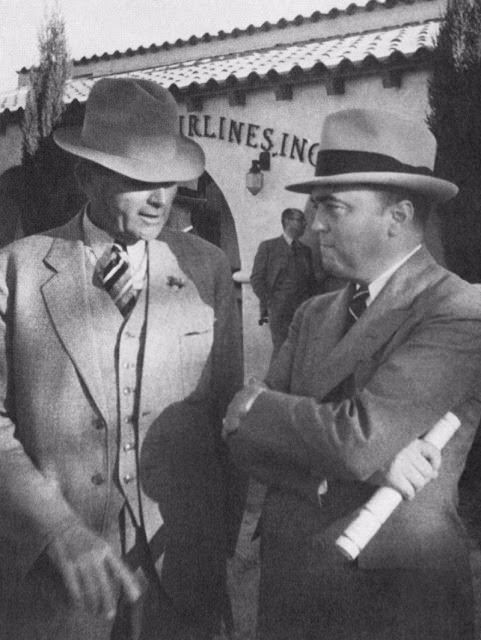
#18 The FBI team included a former Texas Ranger who was said to be sutied for ‘any element of danger’.
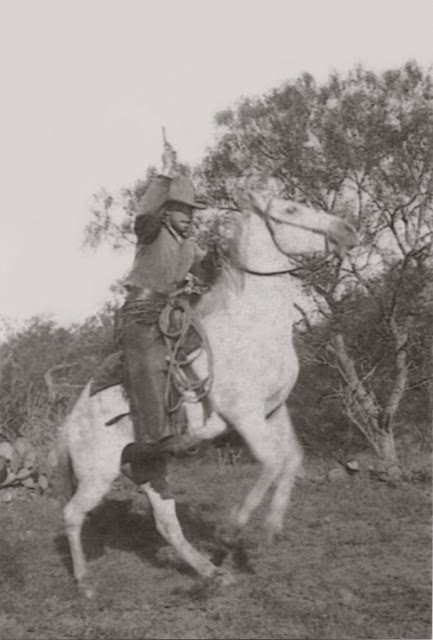
#19 Killer Bill Hale.
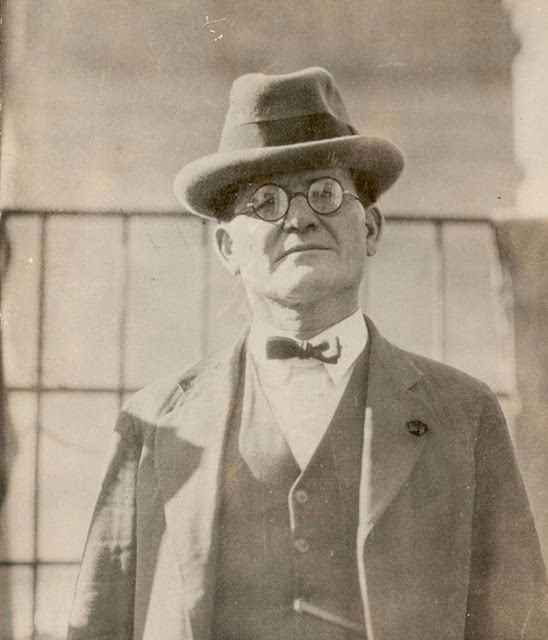
#20 Eventually, Detective Tom White traced the start of the crimewave to Anna Brown’s brother-in-law, a white man called Ernest Burkhart and his domineering uncle Bill Hale.
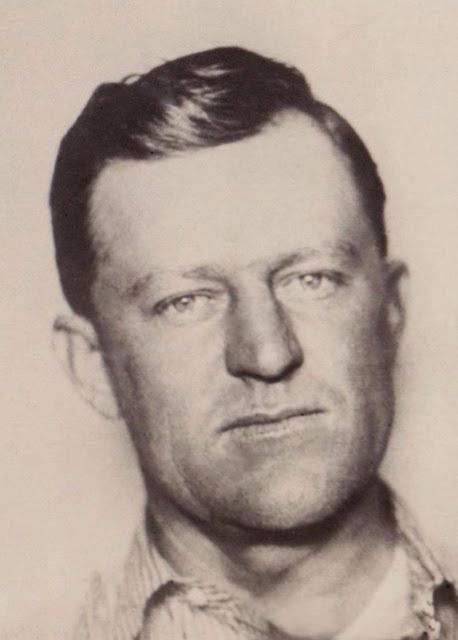
#21 Devil in the detail.Part of a panoramic 1924 photo of the Osage tribe before this left-hand section with evil Bill Hale, circled, was removed.
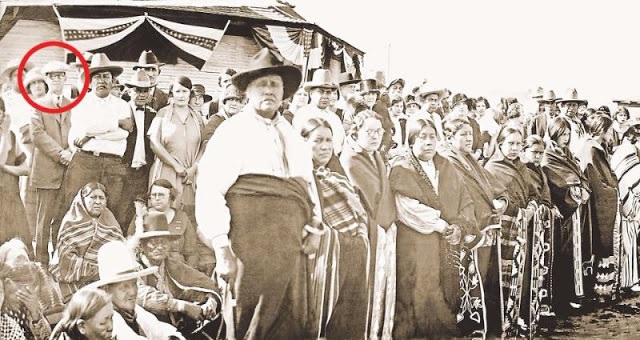



Great information. My great grandfather secured their mineral rights, and to this day I own a small share, which he received as a thank you. I’ll have to buy this book, I have almost no information on how/why he got it.
I read the book, and yes, it’s a horrible tale. However, this could have happened to ANY group that somehow stumbled upon a fortune. My understanding is that most lottery winners were destroyed by the hundredfold wealth they were not prepared to handle.
It’s one of those historic moments that I’ve heard about and remember vividly, without knowing any details. It’s even more bizarre how I know about it – The Pioneer Woman on Food Network! Several years ago, I googled her, and found out that her husband’s family is one of the wealthiest and largest landowners in Oklahoma, and there is some credit given to them for their agricultural work. I decided to Google Osage County since they seem to have lived there for generations. Wikipedia has a short entry about Osage County (what I remember as “massacre”). Honestly, I’ve been wondering where the Drummond family was during this and how they may have been involved since this has stuck with me ever since. It would be intriguing if the time periods overlapped. I believe I have the book on my shelf, but I won’t get to it for some time.
Another chapter in the long history of murder and genocide. There is still a rule that any act, to any end, at any externalized cost, is justified. Don’t be a part of the problem.
My final paper for a law class last semester focused on the Osage Nation’s historical and current ownership of mineral rights in Oklahoma! As a tribe in Oklahoma, the Osage are unique because they had (comparatively) significant bargaining power when making their original allotment treaty. They held out on negotiating with the US government, retaining all their subsurface mineral rights for 25 years, even as the surface land was allotted to individuals. The murders occurred during that period, so the federal government extended those rights in perpetuity. Since then, they have had the exclusive right to develop and lease the minerals and oil on reservation land, despite current legal conflicts between surface and subsurface rights.